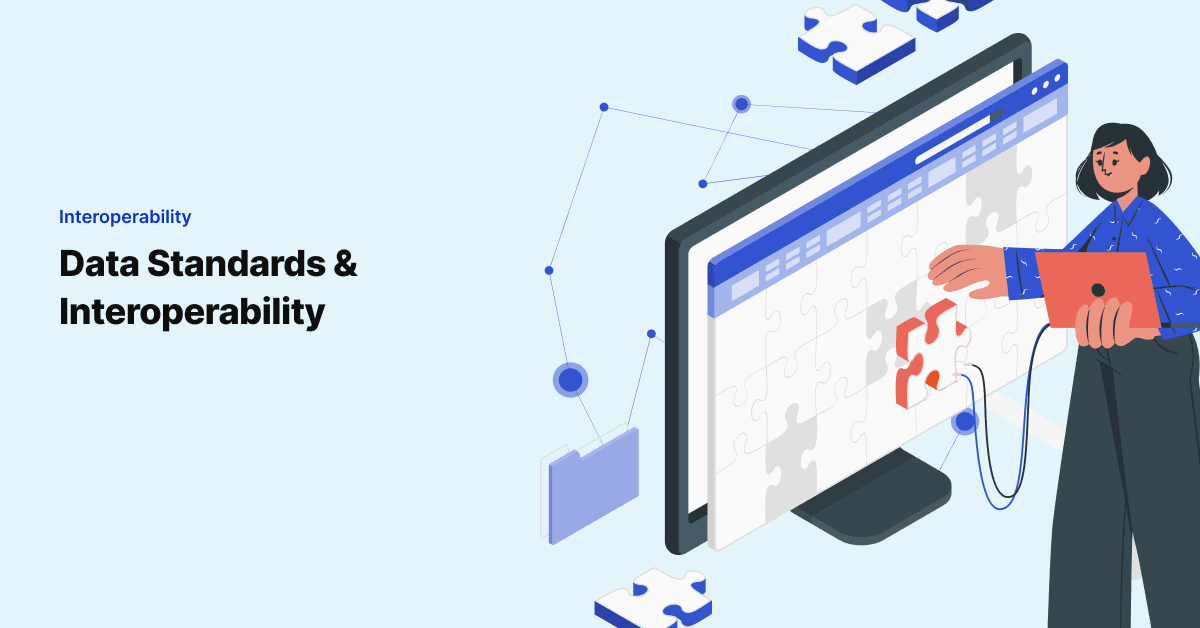
3 Ways to Improve Collaboration Between a Data Archival Vendor and Your Health System
The relationship that your health system shares with the archive vendors is as crucial a process as health …

If there’s one thing that becomes quickly apparent when working in healthcare IT, it’s that the concept of “data standards” are all over the place. Sure, there are established formats and languages that allow for meaningful communication between EHRs, devices, organizations, etc. But when it comes to real life integration and pursuing true healthcare interoperability, a health system’s ability to deal with, and even ingest various data standards (however textbook or not they may be), makes all the difference in partnership and growth opportunities. Focusing on FHIR® implementations, for example, is great. But it’s important to recognize that many meaningful data elements are just an older HL7 file or JSON away. Imagine the potential for powering an Epic EHR or even a Health Information Exchange based on a plethora of data sources versus only those that comply with the latest-and-greatest.
Given the push toward coordinated care, interoperability between EHRs and health systems is increasingly becoming the norm, not to mention a catalyst for contracts and lucrative partnerships. The value of integration between health technologies is that healthcare providers and hospital administrators are able to pull together a robust volume of PHI that allows for:
But here’s the rub: those results can only be realized when a critical mass of information is flowing and available. If a healthcare organization can’t get enough health data to really impact care, then they’re going to be hard pressed to justify future integration efforts…regardless of the promise.
Let’s say that the preference of the hospital is to deal in FHIR interfaces exclusively. We certainly don’t blame an entity for trying to streamline, to work with the latest-and-greatest and to employ a team who expertly understands the standard-of-choice. But this is healthcare, folks. Sometimes the “little guys” — ambulatory clinics, local labs, radiology practices, etc. — provide critical pieces of the care plan puzzle. In our experience, the these smaller entities rarely support the most current formats. You may be dealing with an over-simplified API endpoint, offered up a scrappy little JSON file as the payload, and wondering how you’re supposed to ingest this into your sophisticated data model.
Yes, there’s work involved, but it’s good work to do. Every time a health system (or interoperability “sponsor”) completes the exercise of ingesting a new technology or file type, they’re adding a slew of potential integrations to their list that could add value to the overall efforts toward comprehensive health records. While not all third-party applications work the same, if you’ve dealt with a handful of CDA payloads, why not go after other partners who are utilizing similar technology? This kind of strategy can add quick “wins” to the overall desire to connect a care community and move closer to coordinate care within a network of providers and organizations.
We don’t know any hospital or health system who has the intention of building up their IT staff to rival the roster of their physicians. Leveraging healthcare IT consultants who can provide the on-time skillsets needed to support a given implementation is wise for getting the right help just when it’s needed…and then moving on to the next project (and standard, of course).
Join over 3,200 subscribers and keep up-to-date with the latest innovations & best practices in Healthcare IT.

The relationship that your health system shares with the archive vendors is as crucial a process as health …

As organizations adopt EHR and mature in data digitization, the reporting needs and complexity grow …

As with technology in general, we are seeing some really cool gadgets and gizmos coming to the healthcare IT …